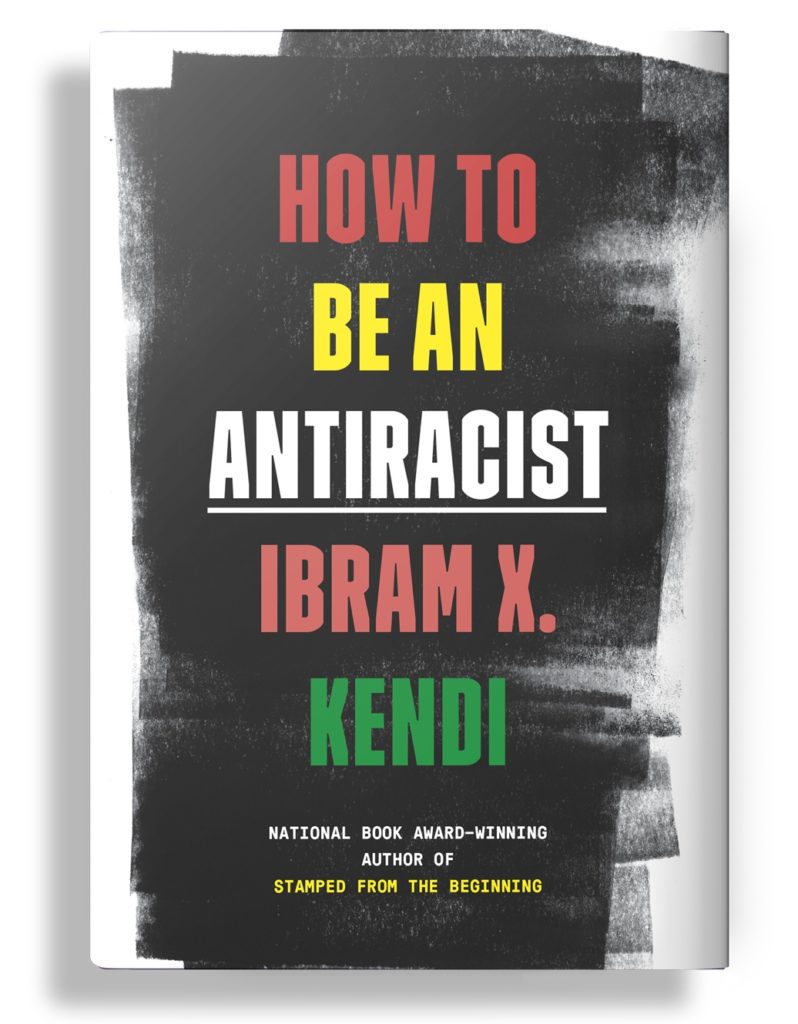The Opposite of “Racist” Isn’t “Not Racist”

I was so moved — and enlightened — by Ibram X. Kendi’s “Stamped from the Beginning: The Definitive History of Racist Ideas in America,” (which I posted about here) that as soon as I heard he was coming out with a follow-up book — “How to Be an Antiracist” — I pre-ordered it.
And now, finally, it’s here. It arrived on my Kindle yesterday. And I can’t put it down.
It begins with Kendi describing his own unwitting racism. (Kendi is Black.) He write:
“I was a dupe, a chump who saw the on-going struggles of Black people and decided that Black people themselves were the problem. This is the consistent function of racist ideas — and any kind of bigotry more broadly: to manipulate us into seeing people as the problem, instead of the policies that ensnare them..
“The good news is that racist and antiracist are not fixed identities. We can be a racist one minute and an antiracist the next. What we say about race, what we do about race, in each moment, determines what — not who — we are.
“I used to be racist most of the time. I am changing. I am no longer identifying with racists by claiming to be ‘not racist.’ I am no longer speaking through the mask of racial neutrality. I am no longer manipulated by racist ideas to see racial groups as problems…
